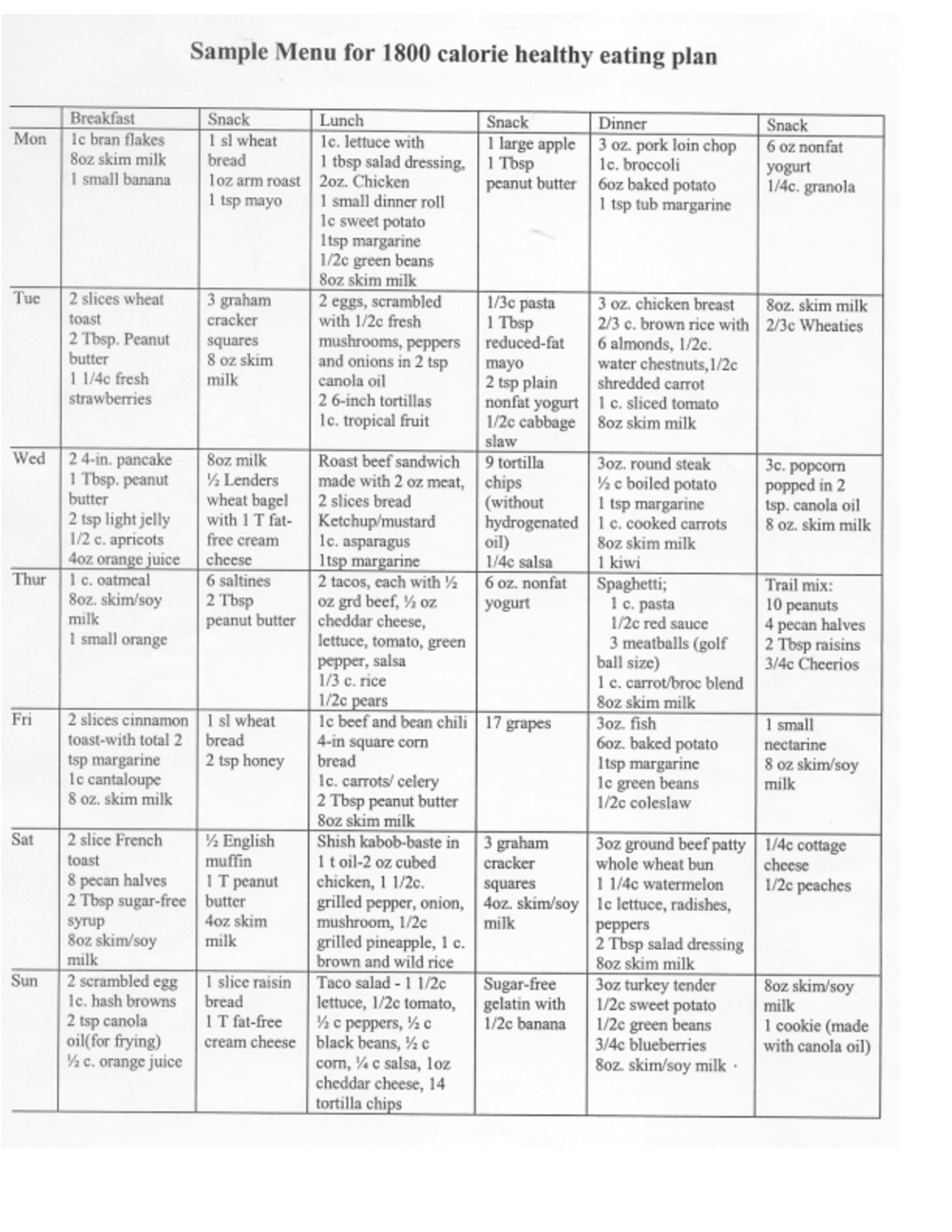
The amount you need depends on several things. You can help keep your blood sugar levels within your target range by planning how much carbohydrate to have at meals and snacks. It's also found in starchy vegetables such as potatoes and corn, grains such as rice and pasta, and milk and yogurt. It is found in desserts, breads and cereals, and fruit. Carbohydrate raises blood sugar higher and more quickly than any other nutrient. With carbohydrate counting, you plan meals based on the amount of carbohydrate in each food. Talk to your doctor, a dietitian, or a diabetes educator about your concerns. Write down your questions about using the plate format.Get used to using the plate format at home.Make sure that you are not using an oversized plate.Here are some tips for using the plate format: You can add a small piece of fruit and some low-fat or fat-free milk or yogurt, depending on your carbohydrate goal for each meal.

Put a grain or starchy vegetable (such as brown rice or a potato) on the final quarter of the plate. Add lean protein foods, such as fish, lean meats and poultry, or soy products, on one-quarter of the plate. To use the plate format, you put non-starchy vegetables on half your plate. It also helps you see if you're eating healthy portion sizes.

It can make it easier to keep your blood sugar level within your target range. Using the plate format helps you manage the amount of carbohydrate you eat. You plan meals by learning how much space each food should take on a plate. The plate format is a simple way to help you manage how you eat. Your dietitian or diabetes educator may suggest that you start with the plate format or carbohydrate counting.


 0 kommentar(er)
0 kommentar(er)
